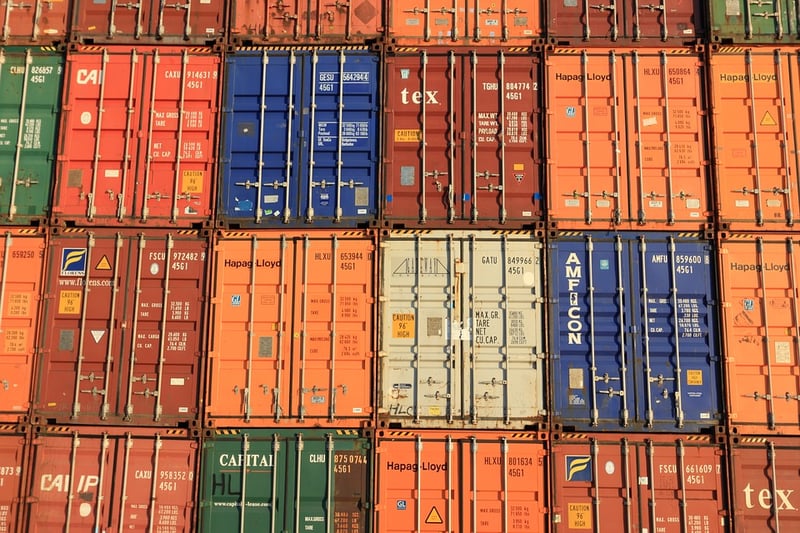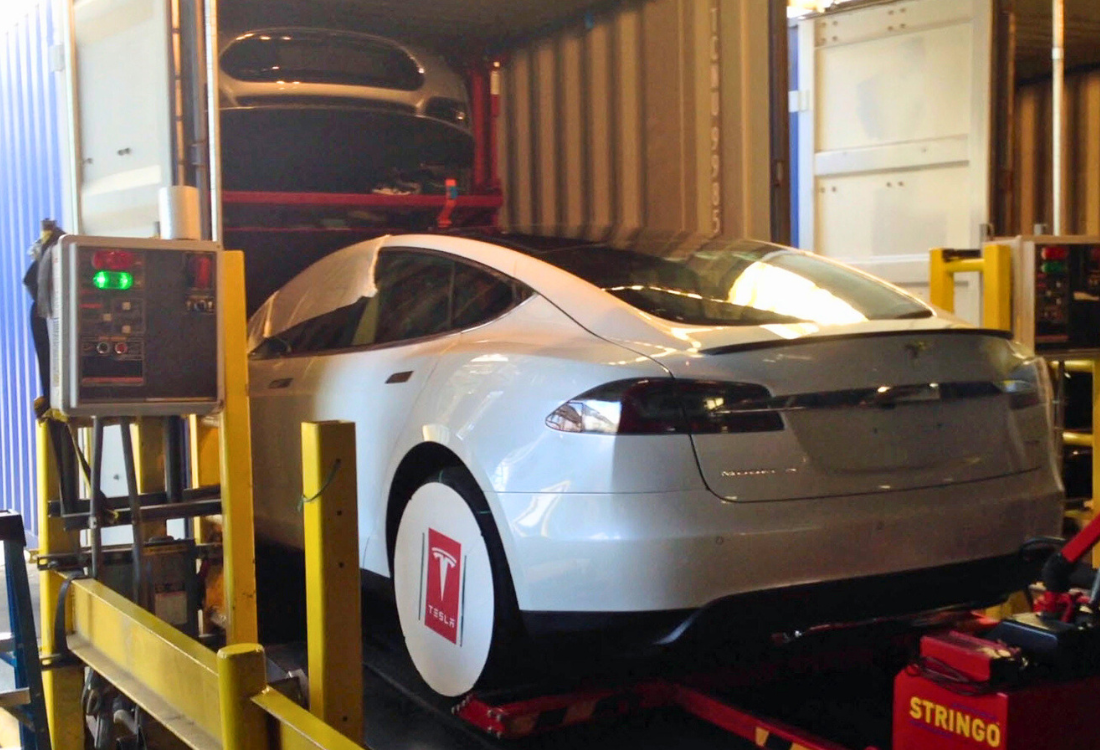
Increasing numbers of companies, private suppliers, and motorsport owners are rejecting antiquated roll-on-roll-off ferries for faster, safer, and more efficient containerised solutions. Times are definitely changing! Here are five of the ways that car racking systems have revolutionised the industry, and how you can benefit.
1) Safety
Roll-on-roll-off ferries (RORO) present three main damage risks to vehicles. The first is accidental damage during loading and unloading, which is a major contributor to high insurance costs. For economic reasons – described by operators as ‘efficiency’ - cars are driven extremely quickly. Most car parks have speed limits of around 5 mph, but ROROs are typically loaded at 25 mph or above. Drivers have to navigate steep turns, columns, ramps, and other swiftly moving vehicles, meaning that accidents are inevitable. The average transport journey from South Korea to the US involves six ship changes, so cars are at a high risk of accidental damage. When safely tucked inside a container, there is no risk of reckless handling.
The other two risks relate to how cars are tethered in place. If the lashings are too tight, tensions can cause structural damage to the vehicle. Get the tethering wrong, and a car can quickly become a pinball. Containers fitted with ergonomic racks completely eliminate both of these risks, keeping the vehicles secure and stable for the duration of the journey.
2) Security
Containers are a very good method of keeping precious goods out of the path of temptation. Vehicles have always been an attractive option for thieves, and – unsurprisingly – large car parks at RORO depots and interchange points are ready targets. Containers make theft so complex that it is virtually impossible. Not only do they keep their contents anonymously sealed for the duration of the journey, the way that they are stacked and stored makes them extremely difficult to access.
3) Protection from the elements
This one speaks for itself! Cars that sit in the great outdoors – sometimes for weeks at a time – require a bit of TLC before they look pristine again. At best this involves expensive cleaning. At worst, it can involve repairing damage caused by rain, wind, or animals. Vehicles that are protected inside a container are hidden from the elements, meaning their condition can be guaranteed. This saves money and also helps in making accurate cost calculations.
4) Cost effectiveness
RORO ferries can only access a limited number of ports. This limitation eclipses the minor cost savings that ROROs claim to offer by making the journey more complex, lengthy, and – ultimately - more expensive. When a device such as the R-RAK is used, the savings offered by containerised transport are augmented. Safe, secure, and capable of loading four cars into a single container, metal racking systems optimise every inch of container space. They are also re-usable, and have a healthy life expectancy of at least seven years, meaning that a one-off investment can lead to rapid financial returns.
5) Technology and development
The world of shipping is changing. 90% of all goods are transported by container ship, and this means that containerisation is where innovators and developers are focusing their attention. The industry is becoming more efficient, more flexible, and more cost-effective. China is funding new ports and railways, which is opening new markets. Transport designers are pouring their creative energy into developing container ships that are more sustainable, faster, and capable of carrying more. As the central artery of global trade, development in containerisation is leaving antiquated ROROs bobbing in its wake.
Find out more
If you would like to learn more about the advantages of using containers to transport your vehicles, download our free Containerised Car Transport Guide, or speak with one of our technical sales team today.
Image source: Pixabay















